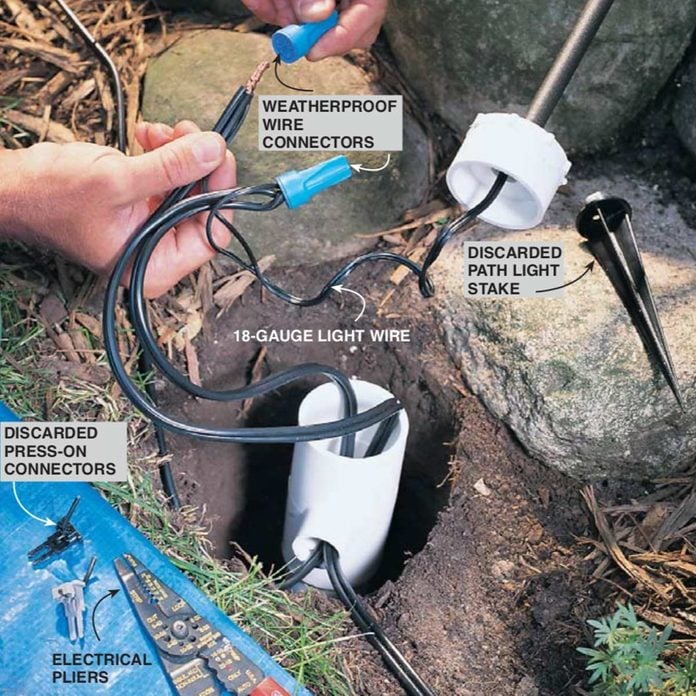What is the purpose of outside lighting?

The objective of outside lighting encompasses each sensible and aesthetic considerations, contributing to the functionality, security, and visible enchantment of out of doors spaces. Here are the primary purposes of outdoor lighting:
Safety and Visibility:
Pathway Illumination: Outdoor lighting helps illuminate pathways, walkways, and stairs, making certain safe navigation and reducing the danger of trips and falls.
Entrance Lighting: Well-lit entrances and doorways improve visibility, permitting residents and visitors to determine and entry the property easily.
Security Enhancement:
Deterrence: Adequate out of doors lighting acts as a deterrent to potential intruders, lowering the probability of trespassing or unauthorized access.
Motion-Activated Lighting: Motion sensor lights can alert householders to sudden actions, enhancing security.
Extended Outdoor Living Hours:
Al Fresco Enjoyment: Outdoor lighting allows owners to increase using outdoor areas into the night, creating alternatives for dining, socializing, and leisure after darkish.
Patio and Deck Lighting: Illuminating patios and decks enhances the usability of these areas for numerous actions.
Aesthetic Enhancement:
Highlighting Architectural Features: Outdoor lighting can accentuate the architectural components of a house, such as facades, columns, and eaves.

Landscape Accentuation: Well-placed lights highlight landscaping features, timber, crops, and backyard elements, contributing to the overall aesthetics of the property.
Landscape Design and Focal Points:
Uplighting and Downlighting: Outdoor lighting methods corresponding to uplighting and downlighting create visual curiosity and drama, emphasizing particular elements in the panorama.
Focal Point Illumination: Lights can be used to draw attention to focal factors such as sculptures, water features, or outside art installations.
Increased Property Value:
Curb Appeal: Well-designed outdoor lighting enhances the curb appeal of a property, doubtlessly rising its perceived value and attractiveness to potential buyers.
Check out here in Design:
Fixture Styles: Outdoor lights come in a big selection of types, allowing owners to choose fixtures that complement the architectural design and landscaping of their houses.
Decorative Lighting: Decorative fixtures, similar to lanterns, string lights, and sconces, add character and charm to out of doors areas.
Functional Task Lighting:
Cooking and Dining Areas: Task lighting can be strategically placed to light up out of doors kitchens, eating areas, and other useful areas.
Utility Areas: Lights provide visibility in utility areas, corresponding to storage sheds, garages, or workspaces.
Customization and Control:
Smart Lighting Systems: Smart outdoor lighting techniques allow users to manage and customise lighting remotely utilizing smartphones or different smart gadgets.
Timers and Sensors: Automation options, together with timers and sensors, present control over when lights are on and off, enhancing energy effectivity.
Ambiance and Mood Setting:
Different Lighting Levels: Outdoor lighting can be adjusted to create totally different ranges of illumination, permitting for the creation of varied moods and atmospheres.
Dimmable Lights: Dimmable lights provide flexibility in adjusting brightness primarily based on the specified ambiance.
Highlighting Water Features:
Fountains and Ponds: Outdoor lighting can be utilized to showcase water options, adding a fascinating visual component during the nighttime.
In summary, the purpose of out of doors lighting is multifaceted, encompassing security, safety, prolonged usability of outside areas, aesthetic enhancement, increased property worth, and the creation of a visually pleasing and welcoming environment. Well-designed out of doors lighting contributes to a more enjoyable and useful outdoor dwelling experience..
